Cuidad Perdida, a pre-Colombian archaeological site belonging to the Tairona culture, was discovered in the 1970s. Located in northern Colombia, today it is a sacred place for the Kogi people. The discovery was made by a group of archaeologists from the Colombian Institute of Anthropology and History (ICANH), including Gilberto Cadavid and Luisa Fernanda Herrera, with information provided by local treasure hunters. The exploration that was carried out in the Sierra Nevada de Santa Marta led to the discovery of more than 217 archaeological sites; however, today it is estimated that, in the area, there could be more than 500 similar sites that have not been discovered or documented.
Eduardo Mazuera Nieto, professor in the Department of Architecture in Los Andes has visited these sites to try use his knowledge to contribute to the construction of architectural history of these pre-Hispanic settlements. Through research and fieldwork, they have been searched for, found, identified, delimited, described, and characterized to analyze the function they played within a broader territorial system. However, the task has not been fully completed because of problems with access and security in the area, which has led to huge gaps in our knowledge about these areas.
Koskunguena is one of these sites; it is an old Tairona settlement that runs along a pre-Columbian route that is almost three kilometers long beside the shores of the Buritaca River. Mazuera began to trace the settlement from 2011 and has since made various visits to the site to look for elements to help him compile its architectural history. He made a topographic survey of the area and then created a map of the vast space, which identified pre-Hispanic ruins.
“It is difficult to establish consistencies when classifying these pre-Hispanic settlements because each one has a different shape, size, distribution, and spatial relation between its structures. They are all perfectly adapted to the terrain and do not follow any rules or predetermined or established model”, says the professor and researcher who explains that the way in which the pre-Columbian cultures of the Sierra Nevada de Santa Marta adapted to the land and then settled on it is very different to Western urbanism.
Settlement on this territory in this area during pre-Columbian times was supported by a network of roads that extended throughout the mountains. According to previous research undertaken by Carl Langebaek, Augusto Oyuela, Felipe Cárdenas, and Santiago Giraldo, within relatively short distances, there are different types of settlements of various sizes, which allow products to be exchanged between the coast and the mountain.
The structures that have survived until today are: some stairs, small bridges over ravines, paths, retaining walls, terraces, and rings or basements upon which the wooden dwellings were built with rooves made of palm leaves. “These vegetable fibers have now disappeared, but there are still stone remains, which contain the majority of the information in terms of how the dwelling adapted to the land”, adds professor Mazuera.
The next fieldwork trip, which will take place in June, plans to document another pre-Hispanic settlement called El Congo that is located on the west of the Sierra Nevada in the basin of the River Frío. The information that it is hoped will be gathered intends to continue putting together the jigsaw of ancient settlements, paths, and other archaeological sites that will allow the relationships between different areas of pre-Hispanic territory to be better understood. The aim is to contribute to the construction of the history of architecture and, in turn, to value these archaeological remains.

Discoveries and questions

The discoveries at Koskunguena have provided many clues, but they have also raised many questions, for example: Was there a visual communication system between the settlements? What knowledge of hydraulic engineering did the people have to be able to efficiently manage rain water? These, as well as other, questions are being studied as part of the project by using the architectural remains of the ruins from the pre-Columbian period.
Professor Mazuera is exploring the possibility that the ancient settlements in the area have a visual connection, which they used to communicate. As an analogy, he explains that in some strategic areas in the south of Spain, north Africa, and Great Britain, settlements had observation towers that functioned as surveillance posts. From ten to twelve kilometers away, settlements were able to establish some kind of visual communication by using fire at night or plumes of smoke during the day as alert systems.
"In general, these pre-Columbian settlements are located on the highest part of the edge of the mountainside, where there is good visibility of the area and access to water and better ventilation (as the climate is rather hot)”, adds Mazuera.
Another one of the elements that attracts the researcher’s attention is their rainwater management. “These places are constructed in such a way that, even after a storm or a strong downpour, all the rainwater runs off and is efficiently drained by systems, canals, or retaining walls designed in such a way that the water does not stagnate in the structures: it all dries up”, says the Master’s graduate in History and Restauration of Architectural Heritage.
About the researcher
The Sierra Nevada de Santa Marta has always been in Eduardo Mazuera’s life. Family holidays when he was a child and trips while studying at university have always brought him to this area. While he was studying architecture at Los Andes, he took a module in anthropology and then ended up completing an undergraduate degree in the subject – always following the trail to the Sierra Nevada. His undergraduate thesis endeavored to discover the possible different functions of pre-Columbian paths.
He was editor of the DEARQ journal for five years and has taught as a professor in the Faculty of Architecture in Los Andes for fourteen years – two as full-time professor. His project entitled ‘Pre-Columbian Architecture: the construction of identity and social appropriation of territory’ is supported by the Assistant Professor Fund. His research project aims to publish the existence of these pre-Columbian places to reveal their importance as a source of information for future research and so they can host responsible cultural tourism.
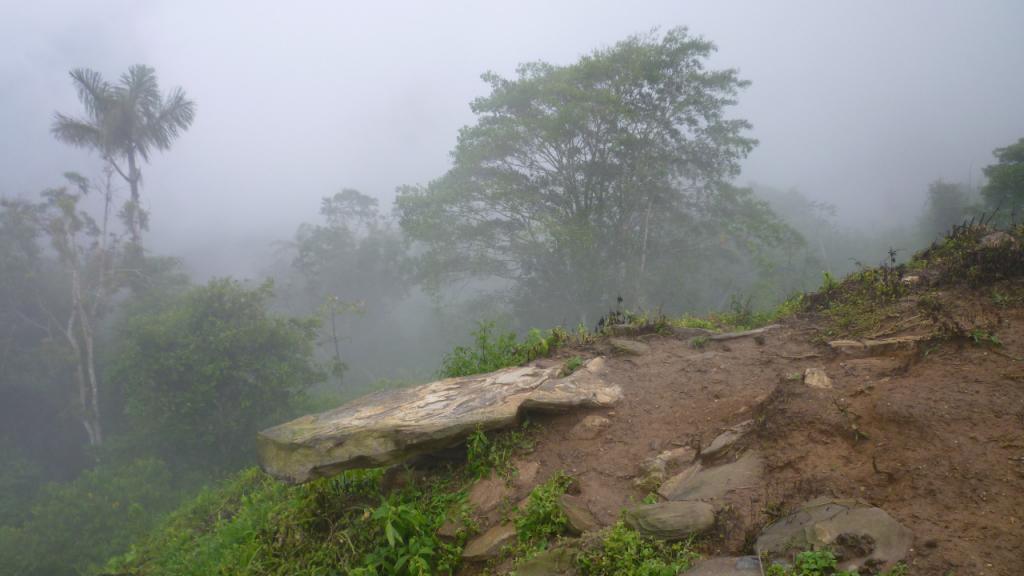
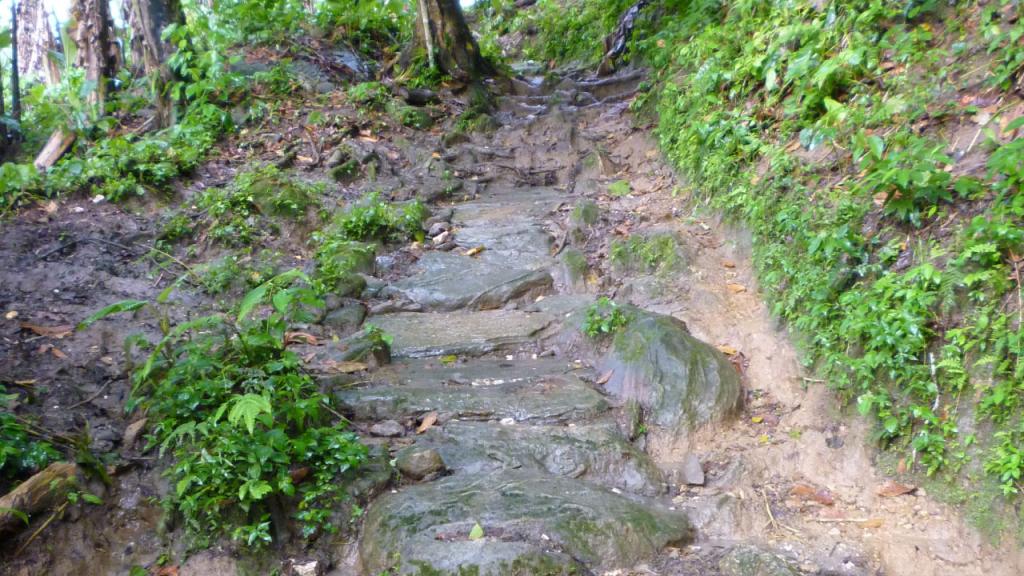
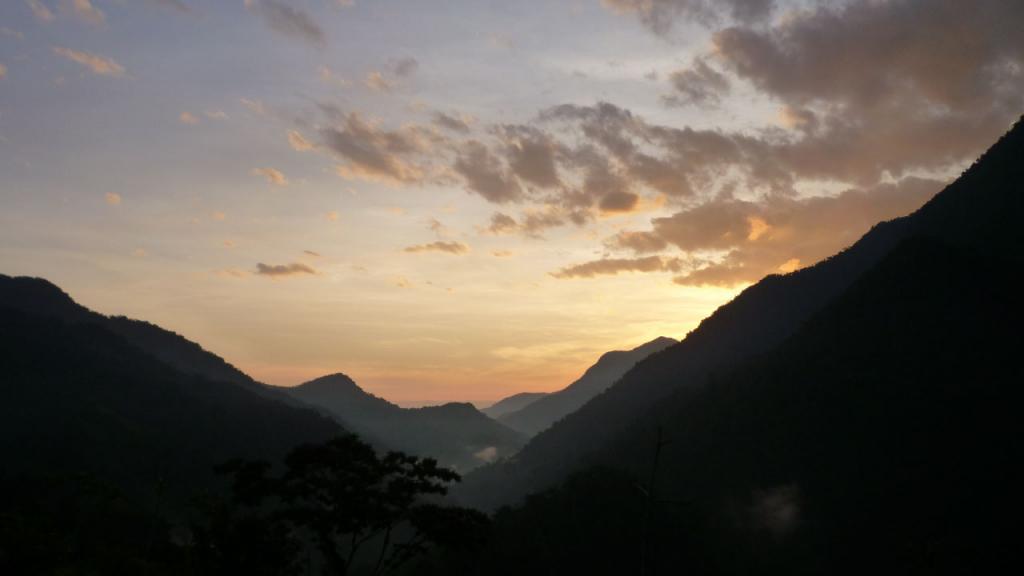
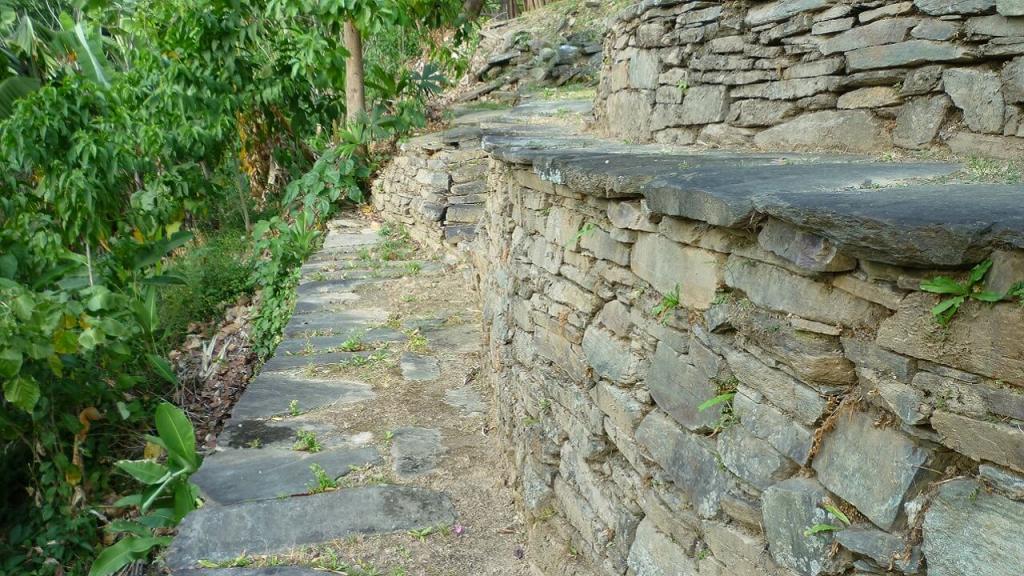
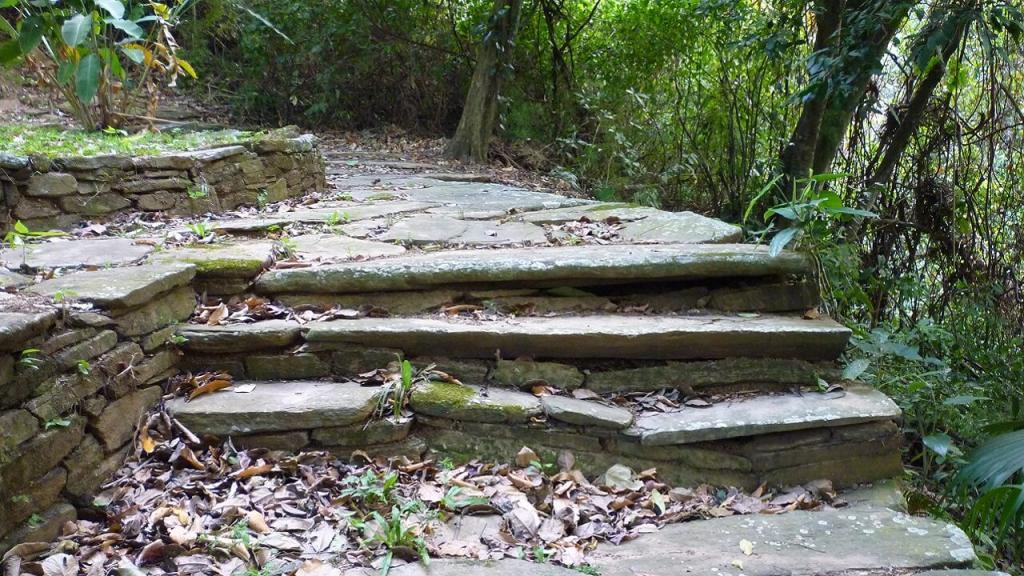










 Discoveries and questions
Discoveries and questions 


